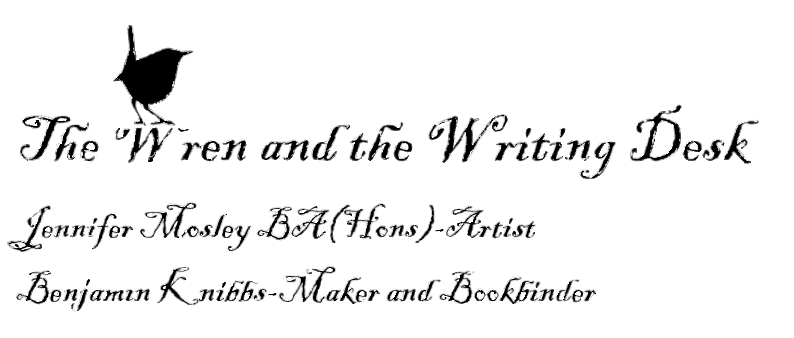I discovered a few years ago that the big old house in Selsey, West Sussex, that was my home from the age of 2 to 16 during the 70’s and 80’s, used to be rented from Edward Heron Allen by Violet Hunt, who lived there with Ford Madox Ford in the early 1900’s for about 10 years, during holidays. The discovery happened, purely by chance, when I looked up the house where I lived and found the following photograph taken in the back garden.
Ford Madox Ford, Violet Hunt and three unidentified children in the back garden of Knapp Cottage ca. 1912
When I initially found the image, I thought it was just a family photo, until I looked up who the two adults in the photograph were, which just kept leading to more intriguing information. Hunt, as well as being an author, was a socialite and within their circle of writers and artists that visited them at the house was: Wyndham Lewis; Ezra Pound; Dame Rebecca West; Richard Aldington; Bridgit Patmore and HG Wells, of whom there is a photograph of, seated with Ford and Hunt in the front garden.
“We all have our time machines, don’t we. Those that take us back are memories…And those that carry us forward, are dreams.” – H.G. Wells
Ezra Pound
“What matters most is not the idea, but the capacity to believe in it completely.” – Ezra Pound
Ford dictated, what is said to be his best book ‘The Good Soldier’ to firstly Brigit Patmore then HD (wife of Richard Aldington) whilst staying at the house. Brigit inspired Ford in the writing of ‘The Good Soldier’ but his relationship with Violet produced the state of mind.
“So I shall just imagine myself for a fortnight or so at one side of the fireplace of a country cottage, with a sympathetic soul opposite me. And I shall go on talking, in a low voice while the sea sounds in the distance and overhead the great black flood of wind polishes the bright stars.”
― Ford Madox Ford, The Good Soldier
Ford Madox Ford
The history of the house and its creative occupants just kept unfolding, book after book was leading to more intriguing stories of “The pre-Raphaelite repiques in a trunk in a walled-up cellar” a ring containing poison, a poison bottle, secrets left down the well, hauntings, and important manuscript found by Wyndham Lewis in the chest of drawers in the spare room.
Wyndham Lewis
“But ‘art’ is not anything serious or exclusive: it is the smell of oil paint, Henri Murger’s vie de bohem, corduroy trousers, the operatic Italian model: but the poetry, above all, of linseed oil and turpentine.” – Wyndham Lewis
‘The approach of Christmas 1913, HG Wells and Rebecca West were separated for a fortnight, most of which Rebecca spent with Violet Hunt at Knapp Cottage in Selsey.’ Ford and Violet met in April 1902 when both wrote for ephemeral art and literature magazine, ‘The Venture’. Ford was working on ‘The Good Soldier’ in January 1914 and Brigit joined Violet at Knapp Cottage to take dictation for ‘The Good Soldier. Ford was still infatuated with Brigit and Violet was jealous. Brigit inspired Ford in the writing of ‘The Good Soldier’ but his relationship with Violet produced the state of mind for this emotional story of modern love.
Violet Hunt
‘Our little lonely tree-embosomed cottage by the sea was easily the uneasiest place in an uneasy village, a long, narrow but important carriage drive led by concealed turning to the furtive little abode where Joseph Leopold and I retired to write. Two tall trees grew at one side of the cottage, their lower boughs caressing its roof, making the parlour dark at noonday while, at night, they painstakingly ground away at the chimneystack like cows or cats rubbing at a post. And when the wind got up-and when does not the wind get up at the sea?-the noises were like the wailing of a ewe deprived of her lamb or a cow of her calf. Apart from its modern uneasiness the house was naturally haunted in the good old way. It had been a village school and nothing would persuade the woman who “did” for us that my portrait of William Morris did not represent the schoolmaster whose engaging habit it was suddenly to put his hand down the chimney o’nights. Another anomaly-there was an orchard at the back of this cottage by the sea and one was roused in autumn nights by the dull thud of the great “cookers” dropping on the long grass that could only be cut by a tethered goat, since the apple-trees, low and gnarled, like those in the wood of Merlin, grew so close, except for the Well of the World in the middle, that one must take care not to fall into. . ‘
–Violet Hunt





